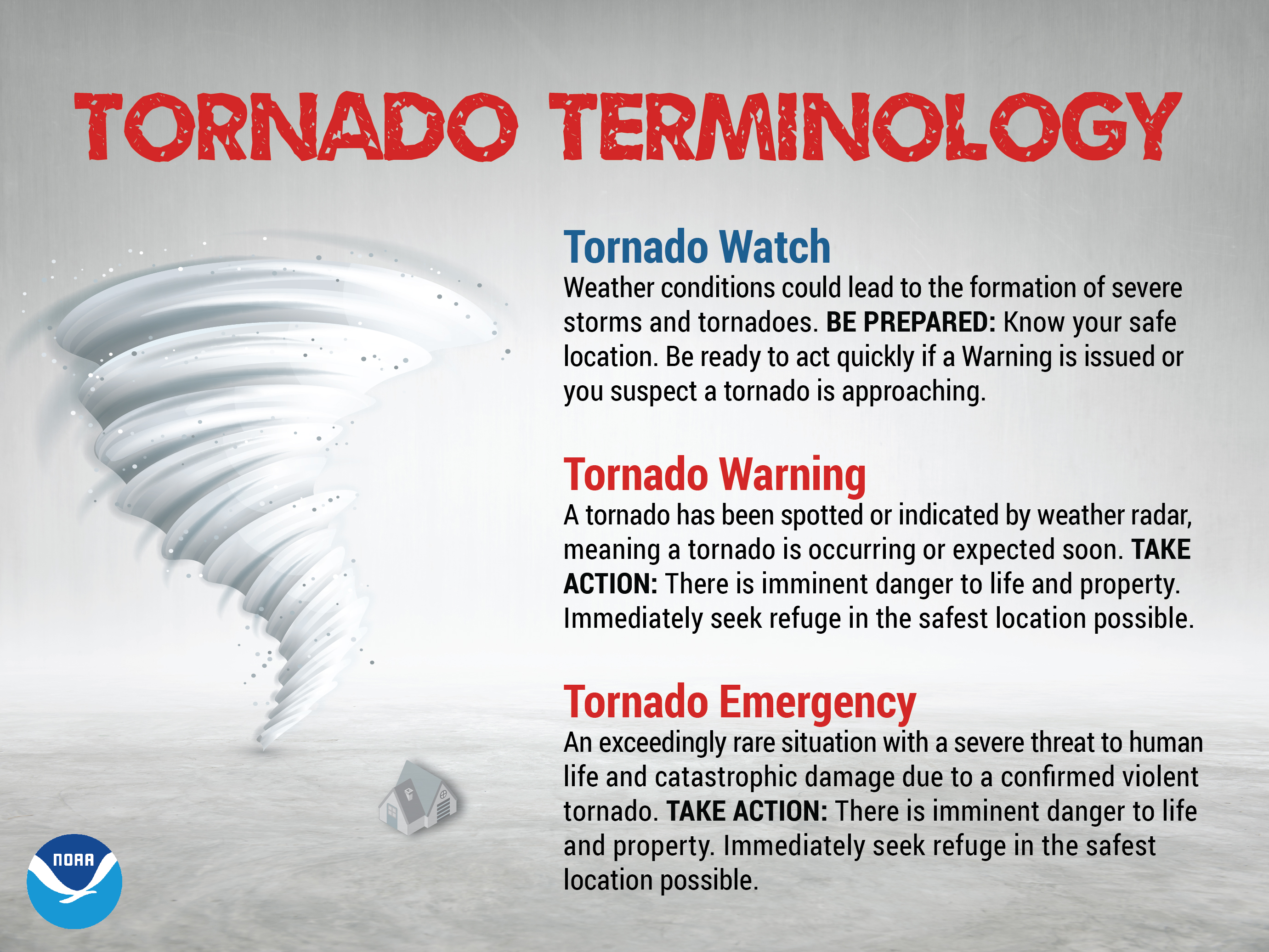
Severe Weather Alert: Imperative Measures for Enhanced Safety
Introduction
Severe weather events have become increasingly common and unpredictable due to climate change, posing significant threats to lives and property. To mitigate these risks, it is crucial to stay informed and take appropriate precautions when severe weather alerts are issued. This article examines the complexities of severe weather alerts, providing valuable insights for individuals to enhance their safety.
Understanding Severe Weather Alerts
Severe weather alerts are issued by authorized meteorological agencies to warn of impending hazardous weather conditions. These alerts provide critical information about the type of threat, its expected impact, and the time frame in which it is anticipated to occur. Common types of severe weather alerts include:
- Tornado Warnings: Alerts are issued when a tornado is imminent or already occurring.
- Flash Flood Warnings: Alerts are issued when heavy rainfall is expected to cause rapid flooding.
- Severe Thunderstorm Warnings: Alerts are issued when thunderstorms are expected to produce damaging winds, hail, or lightning.
- Winter Storm Warnings: Alerts are issued when snow, sleet, or freezing rain is expected to create hazardous conditions.
Importance of Staying Informed
Staying informed about severe weather alerts is essential for several reasons. Early warning provides a crucial lead time for individuals to take necessary safety measures, including:
- Seeking shelter: Identifying safe locations to go when severe weather strikes.
- Securing property: Taking steps to protect homes, vehicles, and other belongings from potential damage.
- Preparing emergency supplies: Gathering essential items such as food, water, first aid kits, and flashlights.
- Evacuating: When advised by authorities, following evacuation orders to avoid high-risk areas.
Failure to stay informed and take appropriate actions can have devastating consequences. For instance, during the 2011 tornado outbreak in the United States, more than 300 people died because they did not receive timely warnings or chose to ignore them.
Challenges and Perspectives
While severe weather alerts play a vital role in enhancing safety, certain challenges and perspectives need to be considered:
False Alarms
False alarms, while infrequent, can undermine the credibility of severe weather alerts. When false alarms occur, people may become complacent and ignore future warnings, potentially putting themselves at risk.
Technological Limitations
Severe weather forecasting is a complex process and involves inherent uncertainties. Weather models and radar systems, while sophisticated, sometimes fail to detect severe weather events or accurately predict their timing and intensity.
Socioeconomic Factors
Access to severe weather alerts and the ability to take appropriate safety measures can vary depending on socioeconomic factors. Vulnerable populations, such as those living in poverty or with disabilities, may face challenges in receiving and responding to alerts effectively.
Communication Barriers
Language barriers or disabilities can hinder individuals from understanding severe weather alerts. It is essential to ensure that alert dissemination is inclusive and accessible to all members of society.
Recommendations and Best Practices
To enhance the effectiveness of severe weather alerts and improve safety outcomes, the following recommendations are proposed:
- Invest in Weather Forecasting: Allocating resources to improve weather forecasting models and radar systems can increase the accuracy and lead time of severe weather alerts.
- Enhance Alert Dissemination: Ensuring that alerts reach all members of society through multiple communication channels, including mobile apps, social media, and radio broadcasts.
- Foster Public Education and Outreach: Raising awareness about severe weather alerts, their importance, and how to respond appropriately. This can be achieved through community outreach programs and media campaigns.
- Support Vulnerable Populations: Identifying and addressing the specific needs of vulnerable populations, such as providing translated alerts or assistance with evacuation.
- Evaluate and Improve: Regularly assessing the effectiveness of severe weather alerts and implementing improvements to enhance their accuracy, timeliness, and accessibility.
Conclusion
Severe weather alerts are a crucial tool for protecting lives and property from the growing threats posed by extreme weather events. By staying informed, taking appropriate safety measures, and addressing the challenges and complexities associated with severe weather alerts, we can significantly enhance community resilience and safeguard our safety. It is imperative that individuals, communities, and governments work together to ensure that severe weather alerts are effective, accessible, and actionable for all.
References
- National Weather Service. (2023). Severe Weather Alerts. Retrieved from: https://www.weather.gov/safety/severe
- Federal Emergency Management Agency. (2022). Severe Weather Preparedness. Retrieved from: https://www.ready.gov/severe-weather
- World Meteorological Organization. (2021). Severe Weather Warnings: A Lifeline for Safety. Retrieved from: https://public.wmo.int/en/resources/bulletin/severe-weather-warnings-lifeline-safety
- Zhang, Y., & Wang, Y. (2020). Challenges and Perspectives in Severe Weather Forecasting and Warning. Atmospheric and Oceanic Science Letters, 13(3), 352-362.
- National Oceanic and Atmospheric Administration. (2019). Socioeconomic Factors Influence Response to Tornado Warnings. Retrieved from: https://www.noaa.gov/news/socioeconomic-factors-influence-response-tornado-warnings
Post a Comment